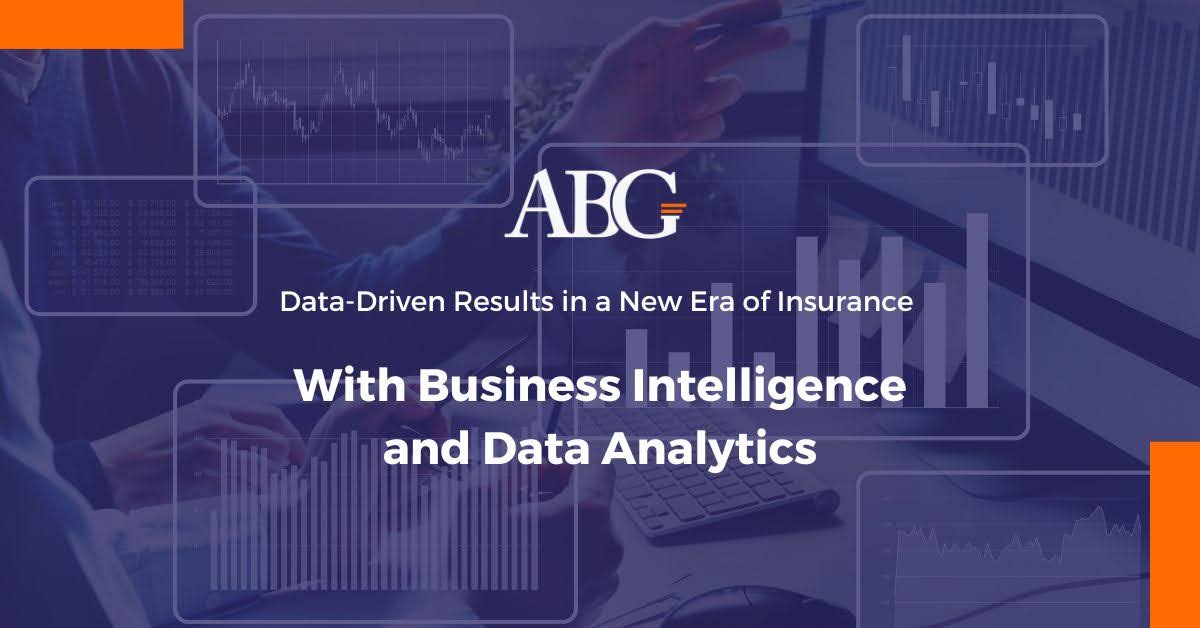
Introduction to Data Analytics Technology
Data analytics is the process of analyzing data to uncover insights, patterns, and relationships. Data can be collected from various sources, including website logs, social media feed, email marketing campaigns, and surveys. It helps answer questions like “What are the trends?” or “What are the patterns?”
Data analytics helps in making decisions based on historical data. It can also be used to predict future outcomes. Companies widely use this technology to better understand their customers and improve their experience.
Data analytics has a wide range of use cases that can be applied in different industries such as marketing, retail, healthcare, or government. It is also used in crime prevention by analyzing criminal activity data from CCTV cameras and other sources.
What are the Types of Analytics Techniques?
Data analytics, also known as data mining, is the process of extracting knowledge or insights from data. Data analytics techniques are used to explore and analyze datasets in order to discover meaningful patterns and relationships.
Machine learning techniques are a set of algorithms that can learn from data without being programmed.
There are four types of analytics techniques: descriptive, predictive, prescriptive, and diagnostic.
1) Descriptive analytics: Descriptive analytics is the process of analyzing past performance to understand what happened in the past and what might happen in the future. It helps us understand how we should act now for better outcomes in the future. This is done using data analysis tools like R or Tableau to find insights from historical information (data).
2) Predictive analytics: Predictive analytics is a way of looking at what could happen based on an algorithm’s prediction about future behavior. It uses statistical models to calculate probabilities for future events by extrapolating current trends.
3) Prescriptive analytics: Prescriptive analytics, also known as prescriptive modeling, is a methodology that uses data and predictive models to provide decision-making insights. This helps organizations make better choices about planning future activities based on the past.
4) Diagnostic analytics: Diagnostic analytics are designed to detect anything anomalous or out of the ordinary in large amounts of data collected from multiple sources, and enterprises can use them to spot emerging trends.




